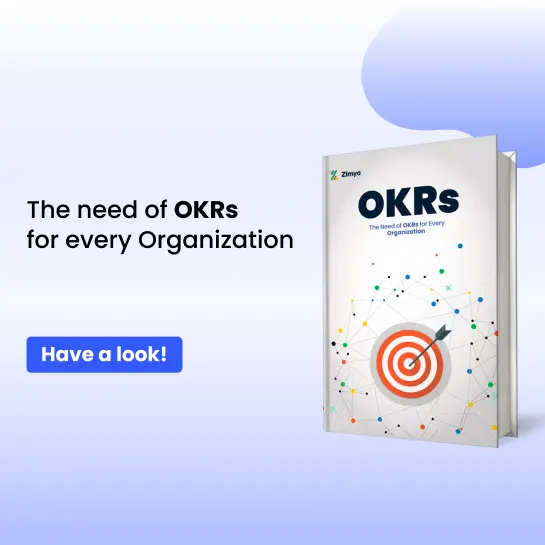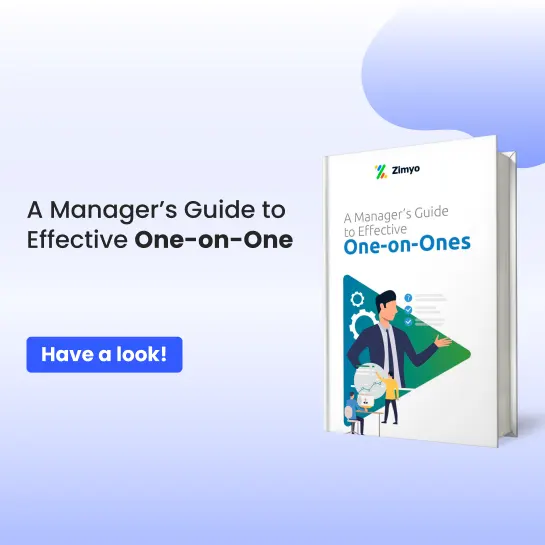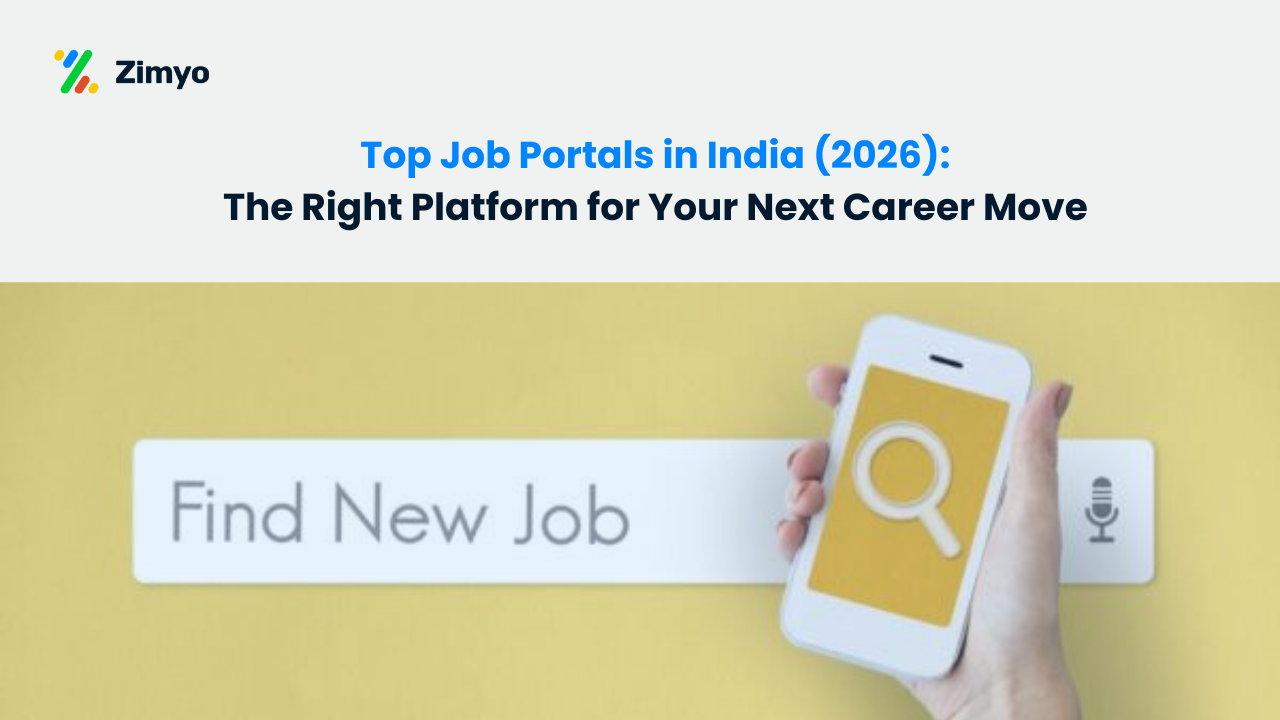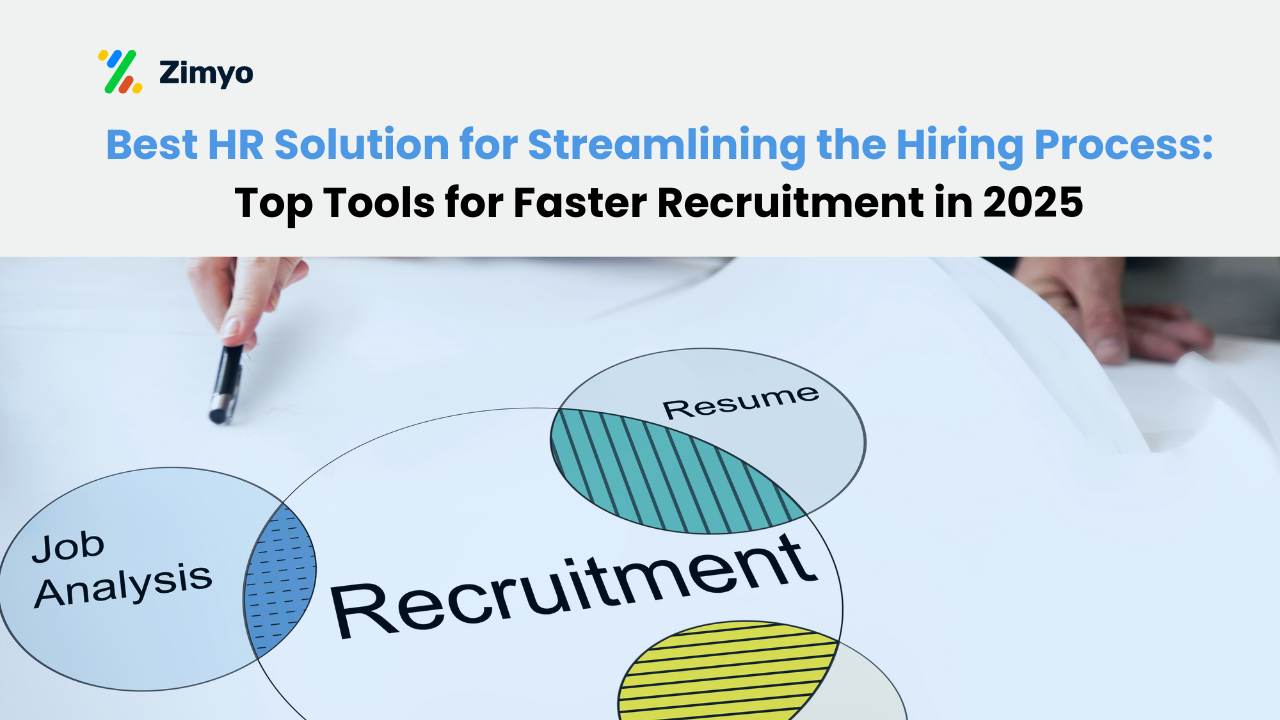Finding the right talent in today’s competitive job market can be a challenge. Businesses that want to attract and retain high-performing employees must adopt a smart and holistic recruitment strategy. With rapid shifts in job seekers’ expectations and the growing influence of digital platforms, traditional methods of hiring are no longer enough. But first let’s understand what do we mean by recruitment strategies and then we’ll discuss the top strategies.
What is a Recruitment Strategy?
A recruitment strategy is a structured plan designed to help organizations attract, identify, and hire the most suitable candidates for open positions. It outlines the specific steps, tools, and channels a company will use to connect with potential hires. A strong recruitment strategy aligns with the company’s long-term business goals and workforce planning needs. It encompasses various hiring and recruiting strategies, including employer branding, talent acquisition strategy, recruitment marketing, and selection techniques.
When executed well, a recruitment strategy not only fills open roles but also strengthens a company’s reputation as an employer of choice. It ensures the right candidates are brought in efficiently, contributing to long-term success. Below are the top 14 recruitment strategies that companies can leverage to hire top-tier candidates.
Top 14 Recruitment Strategies to hire top-tier candidates
1. Build a Strong Employer Brand
A compelling employer brand is at the heart of every effective recruitment strategy. It reflects your company culture, values, and what it’s like to work at your organization. Candidates today are drawn to companies that align with their personal and professional values.
Example: Salesforce has consistently ranked among the best places to work due to its strong employer branding that emphasizes innovation, inclusivity, and employee well-being.
2. Use Data-Driven Recruiting
Incorporating data analytics into your talent acquisition strategy allows you to make informed decisions. Data can help identify which recruitment methods yield the best results, reduce time-to-hire, and improve the quality of applicants.
Example: Google uses people analytics to refine its hiring process, ensuring that only the most suitable candidates move forward.
3. Focus on Diversity and Inclusion
An inclusive recruitment strategy not only widens your talent pool but also improves company performance and innovation. Use inclusive language in job postings and implement blind hiring practices to reduce bias.
Tip: Partner with organizations that support underrepresented groups in your industry to tap into diverse talent networks.
4. Employees can be mentors too
The easiest recruitment strategy that should be practiced by all is a basic action of listening and then learning. According to a survey conducted, retention percentage is likely to increase up to 42% where organizations have stay interviews.
This hiring strategy out of the top 14 recruitment strategies gives managers and HRs an opportunity to have one on ones with employees. This strategy gives insights on employee needs and what more can be done to better the policies and functions of a company.
5. Offer an Employee Referral Program
Bringing in people for whom your own workforce is willing to vouch and take accountability for is one of the best hiring strategies out of the top 14 recruitment strategies at your disposal. The cherry on top is the rewards that the employees get after a successful referral hiring. This recruitment strategy always works for the better.
Example: Accenture runs a successful employee referral program that rewards employees for recommending skilled candidates.
6. Secure fresh talents with campus recruitment
Hiring fresh talent and teaching them from scratch has become the new thing today. This recruitment strategy focuses on the will and motivation of freshers and how quickly they grasp the new knowledge of work.
The recruitment strategy helps in reaching the best talents where they are and when they are available for new opportunities. The ultimate goal of this recruitment strategy is to educate, attract and sign on industry newcomers at the perfect time when they’re mapping out their careers.
Post jobs on multiple boards with a click!
7. Remote work on the rise
As the search for talent rages on, flexible, hybrid work models can be attractive for employees and a deciding factor for talent when considering a new position. According to Upwork, nearly 28% of professionals in the U.S. will be fully remote in the next five years.
Therefore, a collaborative team culture can be a company’s best asset, especially for retaining team members and paving a clear path for their career growth.
8. Incorporate Innovative HR Selection Techniques
Beyond resumes and interviews, explore innovative selection methods like skill assessments, gamification, or virtual job tryouts. These methods can help you evaluate a candidate’s real-world capabilities.
Example: Companies like PwC use gamified assessments to evaluate critical thinking and problem-solving skills in a real-time environment.
9. Invest in Recruitment Marketing
Recruitment marketing involves promoting your employer brand and job openings through marketing tactics. This includes email campaigns, targeted ads, career blogs, and video content to attract top talent.
Tip: Use storytelling to highlight employee journeys and success stories. Video interviews or “a day in the life” content can be particularly engaging.
Top quality talents are already working somewhere or the other but that doesn’t entail that they’re not looking for an upgrade or better opportunity. Recruiters should bring this recruitment strategy to practice by approaching those talented candidates too.
10. Incorporate Innovative HR Selection Techniques
Beyond resumes and interviews, explore innovative selection methods like skill assessments, gamification, or virtual job tryouts. These methods can help you evaluate a candidate’s real-world capabilities.
Example: Companies like PwC use gamified assessments to evaluate critical thinking and problem-solving skills in a real-time environment.
11. Leverage Social Media Recruiting
Social media recruiting is a powerful way to reach passive candidates who may not be actively looking for a job but are open to new opportunities. Platforms like LinkedIn, Instagram are being used to share job openings and company culture.
Tip: Showcase employee testimonials, behind-the-scenes content, and interactive Q&A sessions to engage potential candidates.
12. Optimize Job Descriptions for SEO
Well-written, keyword-optimized job descriptions help your listings appear higher in search engine results. Use relevant keywords like “recruitment strategy,” “hiring and recruiting strategies,” and “recruitment marketing” naturally throughout your content.
Also, be clear about job roles, responsibilities, and the benefits of working with your company. Avoid jargon and keep the tone inclusive.
13. Streamline Your Hiring Process
A long and complicated hiring process can deter top-tier candidates. Simplify application forms, automate interview scheduling, and maintain consistent communication throughout the process.
Example: Shopify uses an applicant tracking system (ATS) that offers a seamless experience for both candidates and hiring managers.
14. Target Niche Job Boards and Communities
Generic job portals are saturated. Consider posting on industry-specific platforms or communities where top-tier candidates are more likely to hang out.
Tip: For tech roles, sites like Stack Overflow or GitHub Careers can yield better results than traditional platforms.
Check Out our Blog On Top Job Portals In India.
Why are Recruitment Strategies Important?
A well-defined recruitment strategy is more than just a roadmap for hiring — it’s a competitive advantage that directly impacts the quality of your workforce and the long-term success of your organization. In today’s competitive talent landscape, where skilled professionals have multiple options, businesses can no longer afford to rely on ad-hoc or outdated hiring and recruiting strategies.
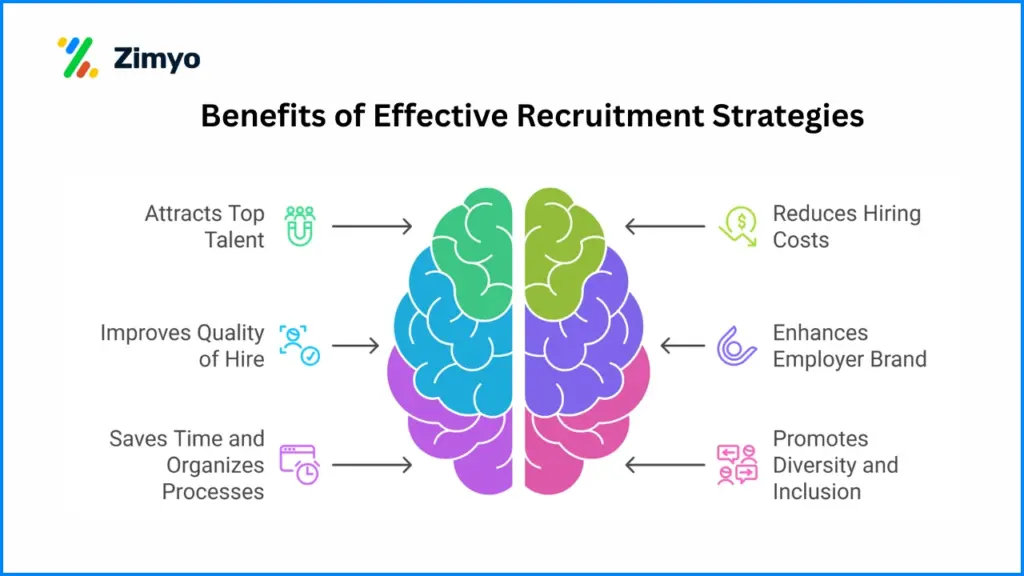
Here’s why having a solid recruitment strategy matters:
1. Attracts Top Talent
A structured talent acquisition strategy helps you stand out in a crowded job market. From employer branding to social media recruiting, candidates are more likely to apply when they see consistency, clarity, and credibility in your hiring process.
2. Reduces Hiring Costs
Recruitment is expensive if done without planning. A defined strategy enables smarter investments, like leveraging recruitment marketing, employee referrals, and niche job boards, which reduces dependency on costly methods like third-party agencies.
3. Improves Quality of Hire
Strategic approaches such as data-driven recruitment methods and innovative HR selection techniques ensure that you’re hiring candidates who not only have the right skills but also align with your company culture.
4. Enhances Employer Brand
Your recruitment process is often a candidate’s first impression of your organization. A thoughtful strategy that emphasizes communication, transparency, and speed builds trust, reinforcing your recruitment branding and positioning your business as an employer of choice.
5. Saves Time and Organizes Processes
A clear plan reduces bottlenecks. Whether it’s optimizing job descriptions for SEO, automating job postings, or setting up referral systems, structured strategies shorten the hiring cycle and prevent delays.
6. Promotes Diversity and Inclusion
Modern recruitment strategies go beyond filling vacancies , they focus on building diverse teams. This leads to innovation, stronger decision-making, and better business outcomes.
Common Recruitment Mistakes to Avoid
Even with a solid recruitment strategy in place, certain pitfalls can undermine your efforts. Here are some mistakes to watch out for:
- Neglecting Employer Branding: A weak or inconsistent employer brand can turn off high-quality candidates.
- Overcomplicating the Application Process: Lengthy forms or unclear instructions can lead to candidate drop-off.
- Failing to Engage Passive Candidates: Relying solely on active job seekers means missing out on a large segment of talent.
- Not Leveraging Data: Ignoring recruitment metrics can result in inefficiencies and poor hiring decisions.
- Bias in the Selection Process: Unconscious bias can lead to missed opportunities and a lack of diversity.
- Poor Communication: Lack of timely updates or unclear communication frustrates candidates and damages your brand.
Avoiding these missteps can greatly enhance your hiring success and help secure top-tier candidates.
Conclusion
A successful recruitment strategy combines technology, marketing, and human insight to attract the best talent. Whether you’re leveraging social media recruiting or refining your recruitment branding, the key is to stay agile and candidate-focused. By implementing these top 14 hiring and recruiting strategies, businesses can build a strong talent pipeline and stay ahead in the race for top-tier candidates.
The above mentioned top 14 recruitment strategies are given to you for you to hire the best candidates from industry talent pools, it’s no longer acceptable to sit back and wait for a stack of incoming applications. Potential employees are evaluating companies more than companies are evaluating them. In the light of that companies should implement solutions like Zimyo Recruit to streamline the entire hiring process, from job postings to onboarding and much more.
In the end, hiring isn’t just about filling a position—it’s about building the future of your organization. So invest in the right recruitment methods, track performance, and continuously adapt your talent acquisition strategy to evolving trends.
FAQs
What is the recruitment strategy?
A recruitment strategy is a structured plan that outlines how an organization attracts, engages, and hires qualified candidates using effective hiring and recruiting strategies, employer branding, and modern recruitment methods.
What are the 5 R's of recruitment?
The 5 R’s of recruitment are: Right People, Right Skills, Right Place, Right Time, and Right Cost, ensuring a balanced and efficient talent acquisition strategy.
What are the 7 stages of recruitment?
The 7 stages of recruitment include: Workforce Planning, Job Description Creation, Sourcing, Screening, Interviewing, Selection, and Onboarding — forming a complete recruitment process from start to finish.
What are the 3 Ps of recruitment?
The 3 Ps of recruitment stand for People, Process, and Performance — focusing on hiring the right talent, following structured HR selection techniques, and measuring outcomes for continuous improvement.

